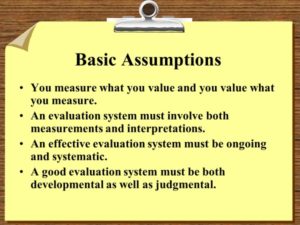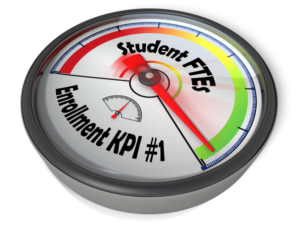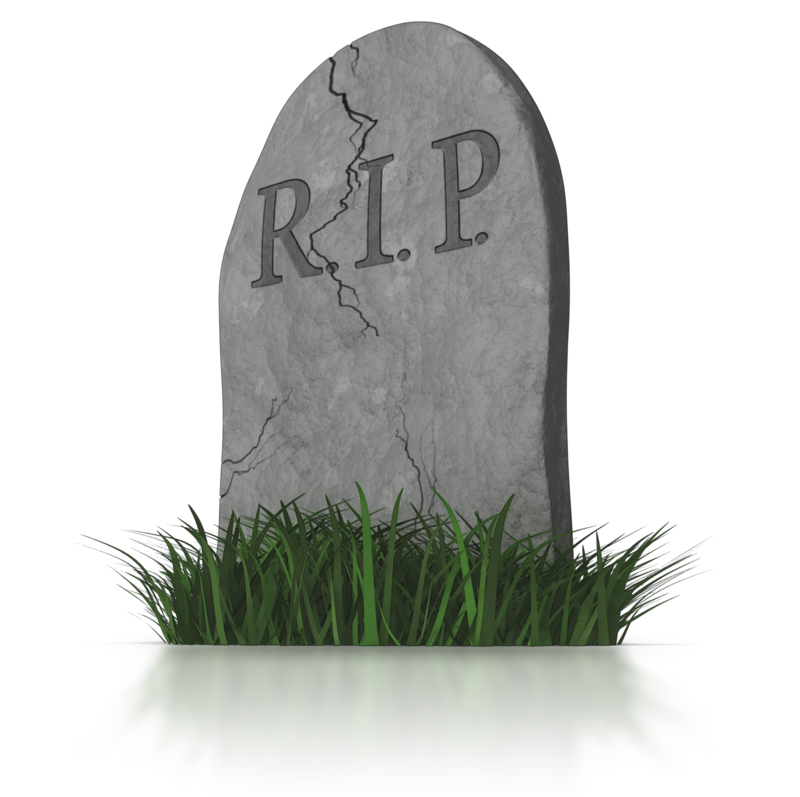
To understand why Higher Education needs a new Key Performance Indicator (KPI), we must first agree on at least four items. The first two are the definitions of Performance Indicators (PIs) and KPIs. The next two are that we can and should use PIs and KPIs within the enterprise of higher education.

To take care of our first two necessary items we turn to a Dictionary of Business Terms: A Performance Indicator (PI) is a quantifiable measure an enterprise uses to determine its progress toward an intended result. In other words, it is an indication of how well the enterprise is meeting it’s operational and strategic goals. Since there are many goals colleges and universities set for themselves, there could be hundreds of PIs.

The thought of checking hundreds of goals and indicators constantly set my head spinning. This would be a huge task which would soon become tedious and most likely be an enormous waste of time. A more productive approach would appear to be to select a small number of critical goals to continually monitor, and then choose a few indicators that measure how well the organization is doing in meeting these goals. These select few are our Key Performance Indicators. The above definitions have been adapted from the KPI.org webpage KPI Basics.
The idea that KPIs are quantitative measurements immediately brought two well-known sentiments to my mind. The first idea was widely circulated in higher education assessment circles in the 80s and 90s in some form of the following statement: “What you value, you measure; what you don’t measure, you don’t value.”

I don’t know who originated this idea. I remember hearing it in numerous plenary and breakout sessions at accrediting agencies’ annual meetings, as well as assessment conferences. I also know that I used it in a number of lectures and addresses to campus groups, plus several conference presentations that I made, as illustrated by the slide at left. It is from a faculty orientation program at Cornerstone University, explaining the ins and outs of our faculty evaluation and development processes.
I believe the beauty and usefulness of this statement are wrapped up in the obviousness of its meaning. You should concentrate your efforts on those goals and objectives that are most important to your organization. Organizational values form the foundation and heart of your organization. The most important things in your organization should determine the priorities of your organization. By concentrating efforts on measuring if you are meeting the goals set around your priorities, your organization will be able to see if it is succeeding in becoming the organization you want it to be.
The second idea is embodied in the meme: “What gets measured gets managed.” It is often attributed to Peter Drucker (1909 – 2005), who is known as the founder of modern management. While it seems reasonable that Drucker could have made this or a similar statement, I can’t find a reliable source to verify such an attribution. Whether he made such a statement or not, it fits very well with his theoretical approach to management.

The idea of measuring performance or the achievement of goals is the foundation of the concept of management by objective (MBO), which was introduced and popularized by Drucker in his 1954 book, The Practice of Management. The heart and soul of MBO is the measurement and comparison of actual performance against a set of predetermined standards.
I can hear some of my former higher education colleagues screaming, “What does management have to do with education?” From the very first day of my career as a college administrator, I made it perfectly clear that I believed that higher education was a business enterprise and managing it well was an absolute necessity.

In the early days (August 31, 2010) of By’s Musings, I published a post According to the duck test, higher education is a business, in which I clearly stated that higher education is a business enterprise.
Six years later (May 2016), in the post The business model of all of higher education is broken – Part II, I more fully outlined my reasons for believing that higher education is a business enterprise and must be managed well.
There was a Part I introducing a series on the business model of higher education. Unfortunately, that post was completely lost in the problems of this past September when By’s Musings went down for several months with missing postings and links not working. Instead of trying to recreate the Part I post, I have decided to let the successive posts stand on their own.
In reviewing those posts on the broken business model of higher education I discovered that I never finished the series. I had a lot more to say, some of which I will interweave into this series on Key Performance Indicators. I will take up the remainder of my comments on the broken business after I finish this current series.
My next post continues the theme A University Should be Managed as If It Were a Business. I hope to publish it next Tuesday, March 4, 2019.














